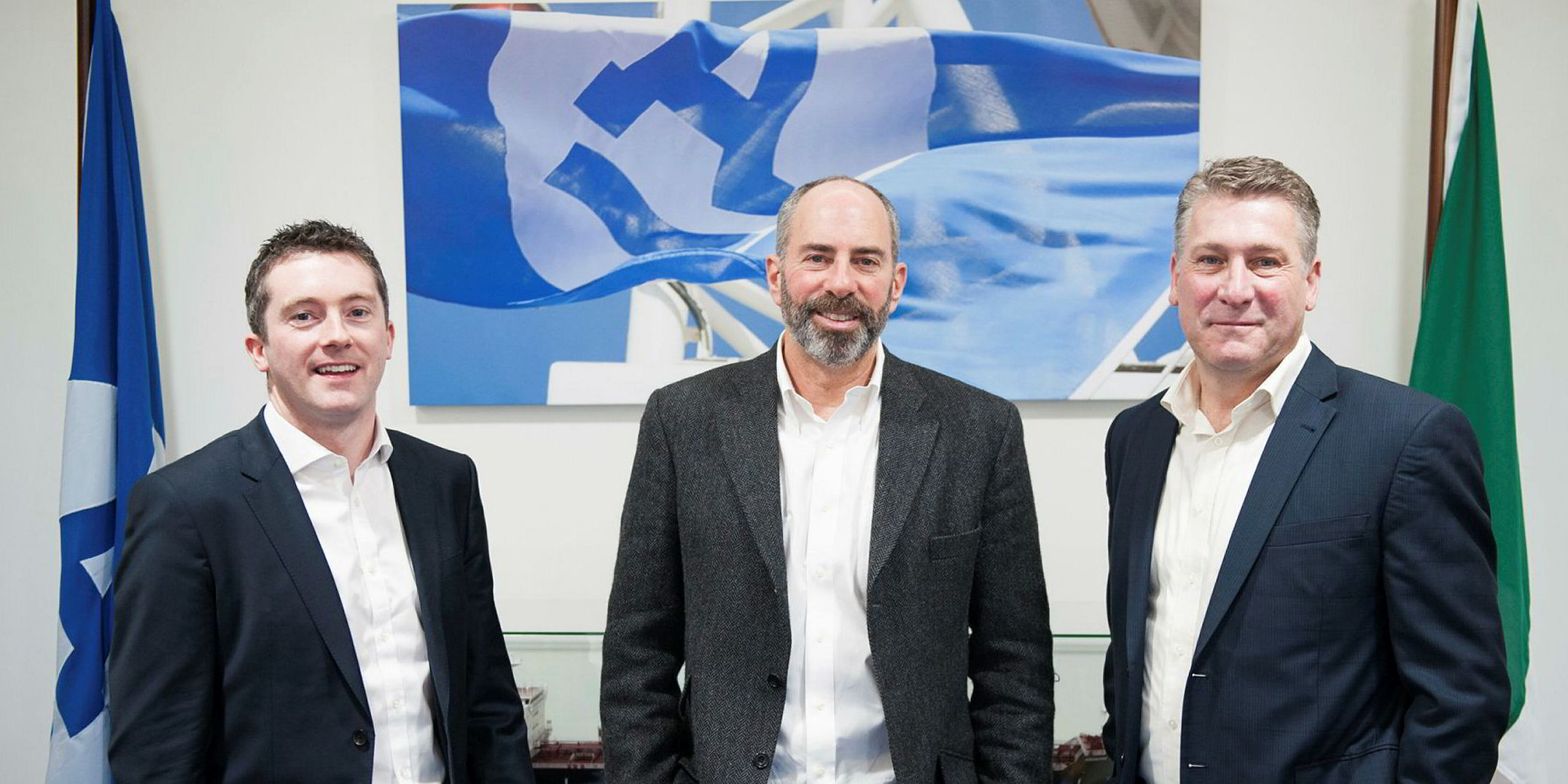Ardmore Shipping has hinted at the possible sale of its six chemical tankers at the same time as it is eyeing replacement tonnage following the sale of its two oldest medium range vessels.
Sales speculation surrounded four of the chemical vessels late last year, and with the full series now closing in on their first drydocks, the question of divestment arose again as Ardmore reported its fourth quarter results.
Tony Gurnee, chief executive of Ardmore Shipping, said the company really liked the ships, which he noted trade well and were fuel efficient.
“We also feel that our strategy focus is also on chemical cargos to the MRs. So, the kind of the cross fertilization that takes place is quite valuable to us,” Gurnee said when questioned on the matter during a conference call.
“Having said that, they are close to core but really non-core. So, I think at the right price, we would probably be willing to sell them, but again, that's all speculative at the moment.”
As TradeWinds reported yesterday, Ardmore confirmed the sale of the 47,100-dwt Ardmore Seatrader (built 2002) and 45,840-dwt Ardmore Seamaster (built 2004) for $8.3m and $9.7m, respectively.
Gurnee said the company intended to replace them with new or secondhand vessels at a future date.
Ships trump shares?
The executive appeared to place vessel purchases above share buybacks during the earnings call.
“In terms of capital allocation, share repurchase is fairly low down the list of priorities at the moment, given where we are in the market,” Gurnee said.
“Obviously our stock is at an attractive price, but so are ships, and liquidity is important as well.”
Ardmore yesterday reported a fourth quarter loss of $0.24 per share, a couple of pennies below Wall Street forecasts.
Upturn beyond 2020
Gurnee said the winter market upturn which influenced results for the quarter was welcome but not unexpected.
“Looking ahead, IMO 2020 will be a key driver in 2019. Preparations will commence in the first half of 2019 with more extended refinery turnarounds, scrubber installations and an inventory rundown of high-sulfur fuel oil, which on balance will initially tamper tanker demand,” Gurnee said.
“Then, as we move into the second half of 2019, the prepositioning of component fuel and supply chain preparations should gradually increase product tanker tonne mile demand.
"Once the switch-over happens at the end of 2019, initially, the bunker market will be heavily reliant on gas oil, either as a fuel itself or a dominant blending component of the new compliant 0.5% fuel oils.
“As a consequence, gas oil demand is expected to boost refinery throughput, resulting also in the surplus of gasoline and perhaps also naphtha, which will have to be distributed and stored, resulting in further incremental demand.
“This is expected to boost MR tonne mile demand by 5% plus, which we believe is sufficient to commence strong charter market uptrun.”
Looking beyond the new sulphur rules, Gurnee said the fundamentals should support sustained upturn that could last multiple years.







